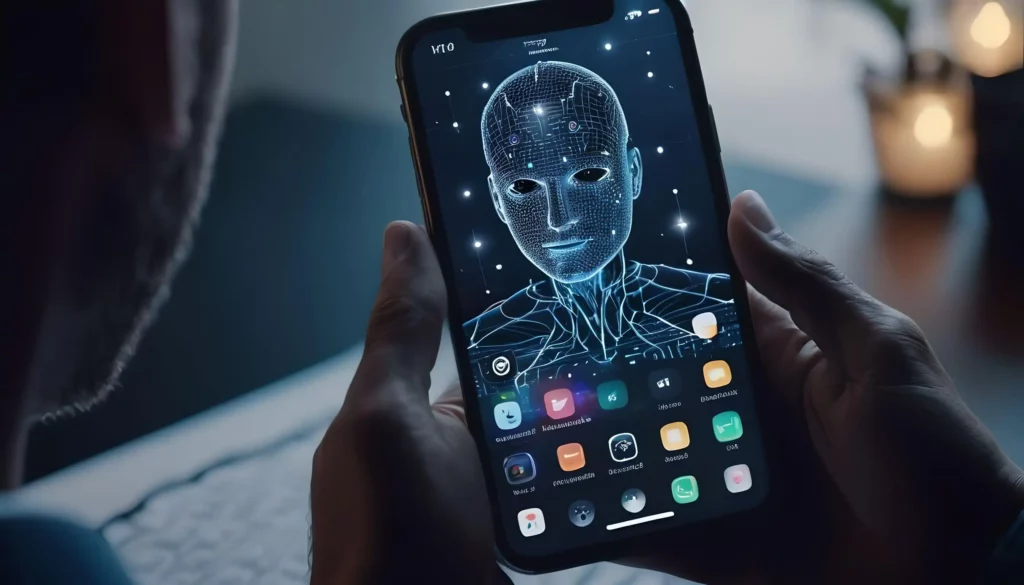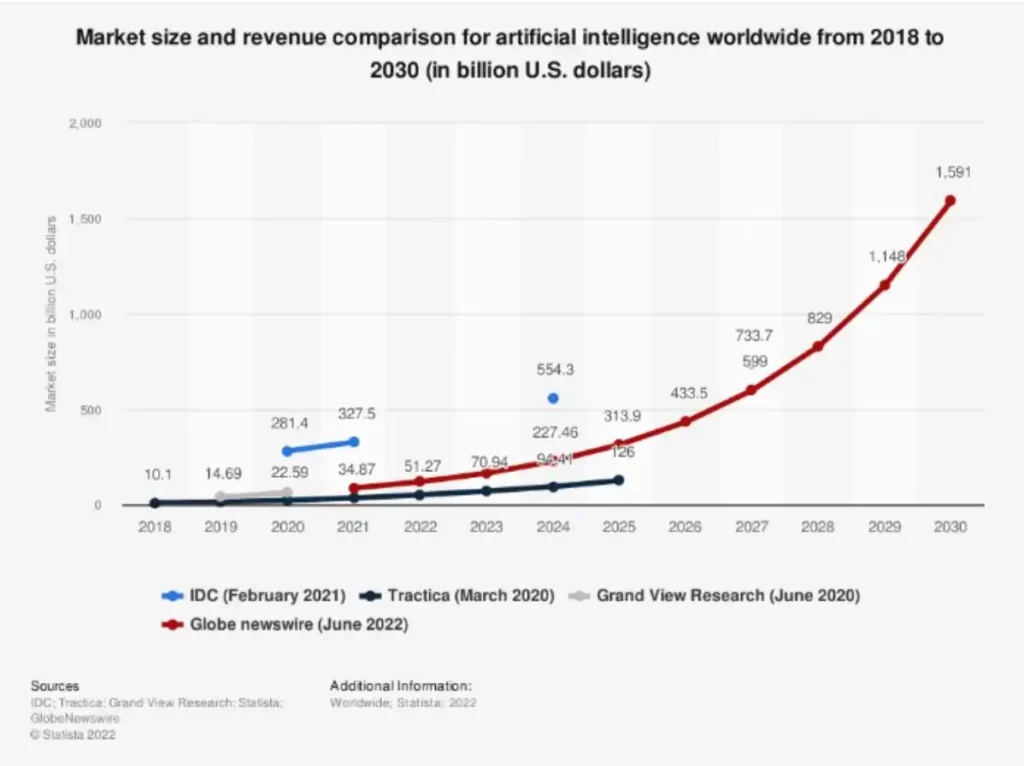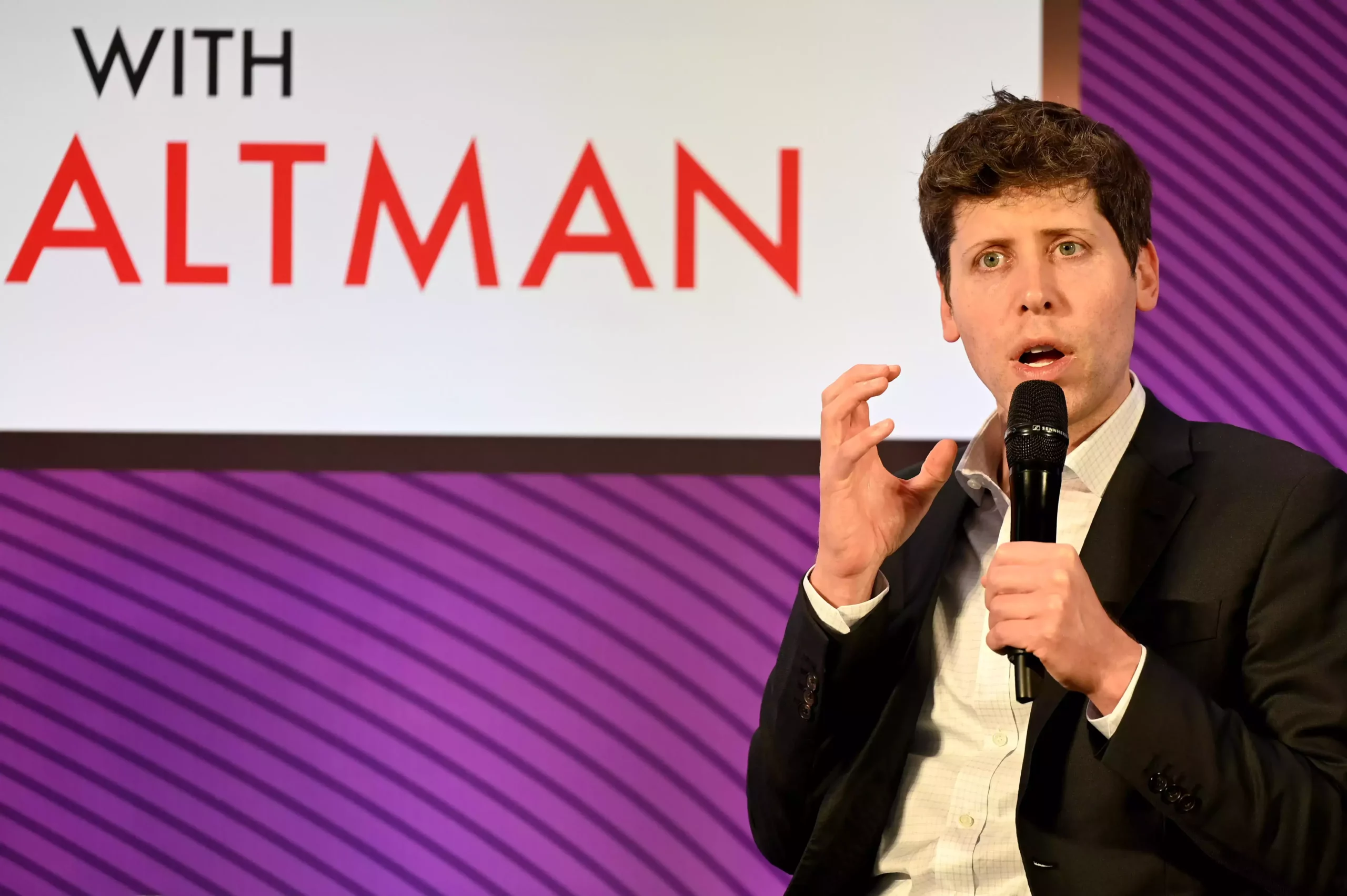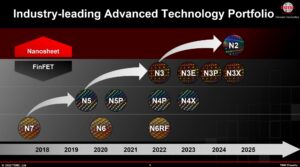
Introduction
The race for artificial intelligence (AI) supremacy is heating up, and the latest development involves a dream team collaboration and a secretive project with a billion-dollar price tag. Sam Altman, CEO of OpenAI, and Johnny Ive, the design mastermind behind iconic Apple products, have joined forces to develop a revolutionary AI device – unofficially dubbed the “iPhone of AI.” This isn’t your average smartphone, however.
The Dream Team: Sam Altman, CEO of OpenAI, a company focused on safe and beneficial AI, and Johnny Ive, the legendary design mind behind Apple products, are collaborating on this project.
Visionary Goals: The aim is to create an intuitive and user-friendly device that seamlessly integrates AI into daily life. This could be a major leap forward in how we interact with AI.
Beyond Smartphones: While some imagine a smartphone-like device, whispers suggest a more unique AI companion, potentially something entirely new.
Secrecy Reigns: Details are scarce due to the project’s secretive nature, but the expertise of the minds behind it has generated significant interest.
Overall, the “iPhone of AI” is an exciting prospect with the potential to revolutionize our interaction with artificial intelligence. However, specifics about the device and its functionalities remain under wraps.
While details remain shrouded in secrecy, whispers suggest a paradigm shift in how we interact with AI, with a user-centric design that surpasses the limitations of current devices.
Follow us on Linkedin for everything around Semiconductors & AI
What does iPhone of AI moment mean?
The “iPhone of AI moment” refers to a comparison between the potential impact of this new AI device and the revolutionary impact of the iPhone. Here’s why the analogy is used:
Disruptive Innovation: The iPhone, released in 2007, wasn’t just another phone; it completely changed how people interacted with mobile devices. Similarly, the “iPhone of AI” aspires to be a groundbreaking device that ushers in a new era of user-friendly AI integration.
Mass Adoption: The iPhone wasn’t just for tech enthusiasts; it became mainstream, bringing smartphones to the masses. This AI device hopes to achieve similar widespread adoption, making AI accessible and beneficial for everyone, not just tech specialists.
Shifting Landscape: Just like the iPhone reshaped the mobile phone industry, this AI device could have a similar impact on how we interact with technology. It could potentially become the standard for user-friendly AI interfaces.
In essence, the “iPhone of AI moment” signifies a potential turning point where AI becomes intuitive, accessible, and integrated into our daily lives in a transformative way, much like the iPhone did for smartphones.
A Billion-Dollar Bet

The global AI market is projected to reach a staggering $1.5 trillion by 2030, and tech giants are scrambling to secure the brightest minds and resources . Altman and Ive, rechristened “Sam and Joanie” by tech blogs, are on a fundraising mission, targeting major investors like SoftBank’s Masayoshi Son. The project requires significant funding, with estimates reaching a staggering $1 billion.
The billion-dollar price tag might raise eyebrows. Here are some possible explanations:
Cutting-Edge Technology: Developing a truly groundbreaking AI device likely requires significant investment in cutting-edge hardware, software, and potentially even new materials.
Top Talent Acquisition: Recruiting and retaining the best AI engineers and designers doesn’t come cheap. Salaries, benefits, and stock options can quickly add up, especially when competing with other tech giants.
What could “iPhone of AI” mean?
If the “iPhone of AI” achieves its goal of seamless AI integration, here are some possibilities for how it could change our daily lives:
Proactive Assistance: Imagine an AI that anticipates your needs. It could schedule appointments when your calendar gets overloaded, recommend restaurants based on your preferences, or even pre-order groceries when you’re running low on supplies.
Intuitive Interface: Interaction wouldn’t require complex commands or menus. Natural language and voice interaction could make AI a conversational partner, understanding your requests and responding accordingly.
Personalized Experiences: The AI could learn your habits and preferences, customizing your experience across various applications and services. Think about fitness trackers that suggest personalized workouts or music apps that curate playlists based on your mood.
Amplified Abilities: The device could act as an extension of ourselves. Imagine language translation in real-time conversations, real-world information overlays on your vision, or AI-powered tutoring that personalizes learning.
Focus on Efficiency: Mundane tasks could become automated. Imagine the AI handling emails, booking tickets, or managing finances, freeing up your time and mental space for more important things.
Privacy Concerns: Of course, seamless AI integration raises privacy concerns. How user data is collected, stored, and used will be crucial for building trust with users.
Overall, the “iPhone of AI” has the potential to make AI a helpful and transparent companion, but its success will depend on addressing privacy concerns and ensuring the technology enhances rather than replaces human interaction.
The Talent War
The pressure to attract top talent is palpable. Companies like OpenAI and Tesla are locked in a “talent war”.
In a recent and very public move, Musk directly addressed talent retention by increasing salaries for Tesla’s AI engineers. This sends a clear message that Tesla is willing to invest heavily in the expertise of its AI workforce. Musk leverages the synergy between his companies. Top engineers might be offered the chance to work on cutting-edge AI projects at Tesla or his new venture, xAI.
On the other hand, OpenAI’s open approach to research can be a draw for some. They make a significant portion of their findings available to the public through open access journals and repositories. For example, their 2020 paper on “Safety-Assured Control for Learning Deep Neural Networks” and their 2022 work on “Causal Reasoning from Text” are readily available. OpenAI often releases the code behind their research, like with limitations for their GPT-3 language model.
Read More: Twice the Speed, Half the Power of Nvidia’s H100: Intel Releases AI Chip Gaudi 3 – techovedas
OpenAI’s Internal Reshuffle
It’s important to note that Altman’s involvement with the “iPhone of AI” comes amidst recent changes at OpenAI. The organization recently restructured its investment fund management following an independent investigation. The investigation ultimately cleared Altman of any wrongdoing regarding product safety or financial management.
There’s a good chance the investment fund was previously under the control of Sam Altman, possibly as a sole General Partner (GP). This structure might have raised concerns about potential conflicts of interest, especially considering Altman’s leadership role at OpenAI itself.
After restructuring, One likely change is the appointment of a dedicated, independent GP to oversee the investment fund. Another possibility is the creation of an investment committee with a diverse group of members. The aim is to reduce conflicts of interest, increase transparency around investments, and ensure more objective decision-making.
Read More: 2 Trillion Dollar Company: What are 6 Keys to Nvidia Success – techovedas
Conclusion
The “iPhone of AI” project raises crucial questions about the strategies companies will employ to secure talent and investment. Will we see more billion-dollar bets on secretive projects? How will this competition shape the future of AI development? Ultimately, the success or failure of this project will be a bellwether for the direction of AI in the years to come.
The stakes are high, but the potential rewards are even greater. If Altman and Ive can crack the code on user-friendly AI, they might just usher in a new era of human-machine collaboration.




